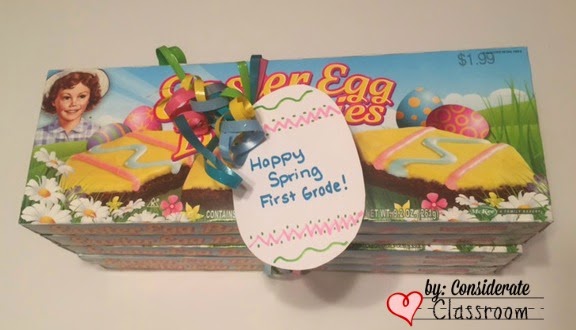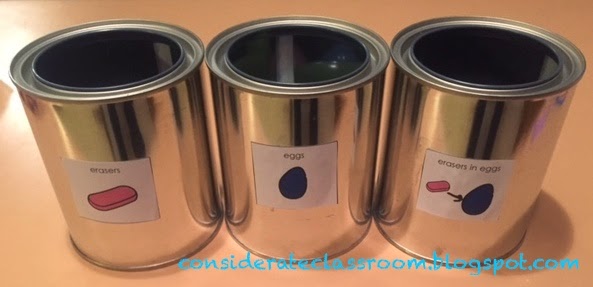Have you ever thought about how students who are non-verbal or have limit language communicate with their parents and families about their school day? Even as language is starting to emerge it is hard for these students to share details out of context and it is equal hard for family members to understand what they are saying out of context.
The solution a home and school communication book. I know this is not a new concept however this version has added aided language boards to facilitate communication! On the front cover a label that says, "What I did at school..."
And on the back cover a label that says, "What I did at home..."
Then on the inside of the front cover an aided language board that supports the child in sharing where he/she went, what he/she did and who he/she played with at school.
And on the inside of the back cover an aided language board that supports the child in sharing where he/she went, what he/she did and who he/she saw at home.
The beauty of the whole process was expanding language, a difficult task when the conversation is out of context and the student's sounds and articulation are in an emergent state. So the inside of the book is used for correspondence between teachers and staff and parents and family members. Teachers and staff write on the front pages and parents and family members write on the back pages.
Last year, we used this home and school communication book with two of our students, who were socially motivated to share what they did throughout the day and were very good at using the
PODD book and
aided language boards. One student was in the morning class and one was in the afternoon class, so strategically our amazing speech clinician, Mrs. Wichers, pulled each one of them at the beginning of their school day. With them they took their communication book to share what they did at home as part of their speech session!
Then at the end of our school day during snack a para or myself would discuss with the students what they wanted to share about their school day with their parents and family members. At that time, we would write a short narrative about what the students did at school and draw clues on the aided language board with a
vis-a-vis marker as the boards were laminated so the clues could easily be erased the next day.
Along with the printables for the book you will find the communication tags we use with the rest of our students, who were not quite ready for the elaborate communication book. Because of the varying levels and goals for the students, I made two versions of this tag. The first one is simply a way for students to share how they felt about their day.
and the second one a way for students to share what they did throughout the day.
You might notice that both versions have a comment section for staff to add context clues to help expand conversation between the students and their parents when they get home.
All you have to do to make these tags is print them, cut them out, laminate them and attach them to your students' backpacks with a ring or shower hook. (My preference is
shower hooks as they are a little more durable!) Then simply use a vis-a-vis marker to share about the student's day.
Happy communicating, until next time!
Lindy

















































